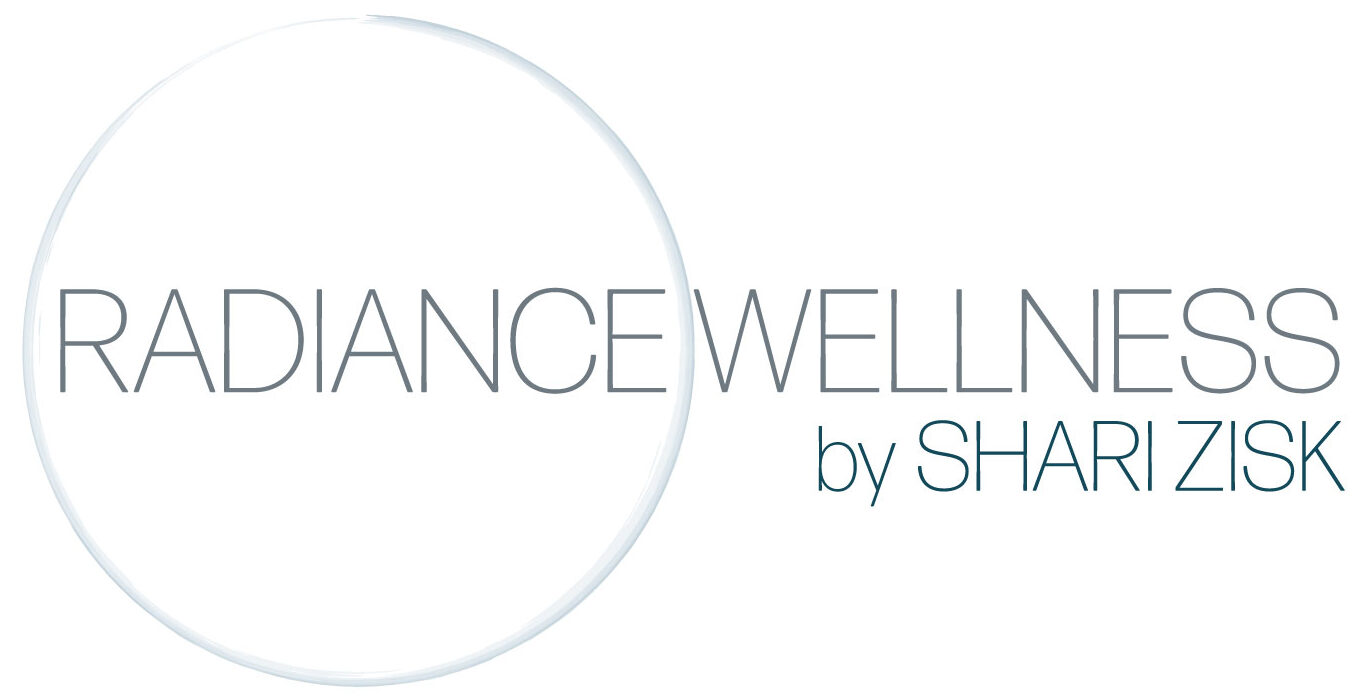 “These things are like rocks” commented my friend, an Athletic Therapist I consulted for some help with my hip flexors. After a good 10 minutes of manual therapy on each side they did loosen up nicely but seized up again within a day.
“These things are like rocks” commented my friend, an Athletic Therapist I consulted for some help with my hip flexors. After a good 10 minutes of manual therapy on each side they did loosen up nicely but seized up again within a day.
When my hip flexors become overly tight everything goes out of alignment. I feel like I walk funny, I can’t run without terrible knee pain, my lunges and squats are ‘off’ and my lower back’s resistance to fatigue is really low.
Here’s a quick hip flexor primer to give you an idea the important role these muscles play in posture, physique and performance and how I ‘release’ mine when they get tight.
Anatomy
–Hip flexors are found on the front of the body crossing the hips.
-They are the Quadriceps femoris (The long head that crosses the knee and hip joint is the Rectus femoris) and the Iliopsoas.
Biomechanics
-Hip flexors flex the hip, or draw the thighs towards the torso. Imagine high knee marching, that’s your hip flexors.
Posture
-When they become too tight they pull on the pelvis rotating it forward (anteriorly). The image above demonstrates this.
This causes:
-Excessive curvature of the lower back (Lumbar lordosis)
-A protruding belly (very unsightly)
-Knee dysfunction
-Altered weight bearing through the spine
How to keep balanced hip flexors
-Ensure your strength routine is balanced with sufficient work on the gluteus muscles. Glutes are the opposing muscle (antagonist) and weak glutes will cause the flexors to over compensate.
-Try not to sit for long periods of time which puts the hip flexors in a shortened position.
-Avoid overtraining them during exercises like a hooked-leg sit-up or knee raises.
-Stretch hip flexors regularly.
-Roll them out…
About Rolling
Rolling is a myofascial release technique. It is self-massage of the fascial system (connective tissue) to eliminate pain and restore range of motion.
I roll out my hip flexors before I run and before I strength train. After a light warm-up I will spend 5-10 minutes releasing my hips and the difference to my runs and workouts is amazing. By doing this I avoid knee pain and my range of motion is restored to full, which is especially needed after a day sitting at the computer.
I have been rolling out my hip flexors for years and have always used a large foam roller or tennis ball or sport ball of various sizes. Now I prefer to use my Travel Roller which is designed for myofascial release.
It takes just a few minutes of rolling up and down the muscle and from a few different angles, holding on spots where it is tight or tender.
Demo: Rolling out the quads with the Travel Roller
It’s ergonomic At 4 inches in diameter, it is a way more suitable size for my body. It allows me to get better positioning on the roller and more depth into my muscles.
It’s portable At only 13 inches in length it is easy to get into position, I am lower to the ground and and I can work in a small space. Plus I can actually throw it in my gym bag and take it to the gym or take it to the park for my outdoor workouts or when traveling.
I like it firm A double layer of padding over a hard inner core means I can get a great deal of pressure right into the tight spots, and it doesn’t compress.
Bonus The Travel Roller is durable, washable and it’s eco-friendly and has no PVC, latex rubber or chemicals.
Happy Training,
Shari
TALKBACK QUESTIONS
1) Do your hip flexors seize up? What is your strategy for releasing them?
2) Do you ‘roll’ out your muscles?
I started pumping iron and drinking green smoothies in my teens. Now a 40+ mama with 25 years of experience working in the fitness industry, I do things differently. What I discovered during my personal healing journey made me pivot in my approach as a personal fitness and wellness coach. Now I teach people how to sweat, nourish and glow from an entirely new perspective.


